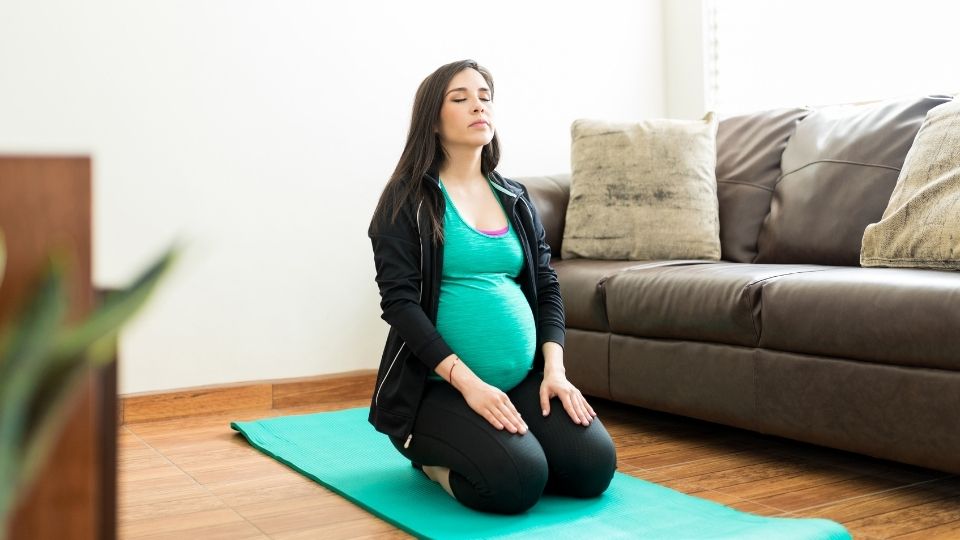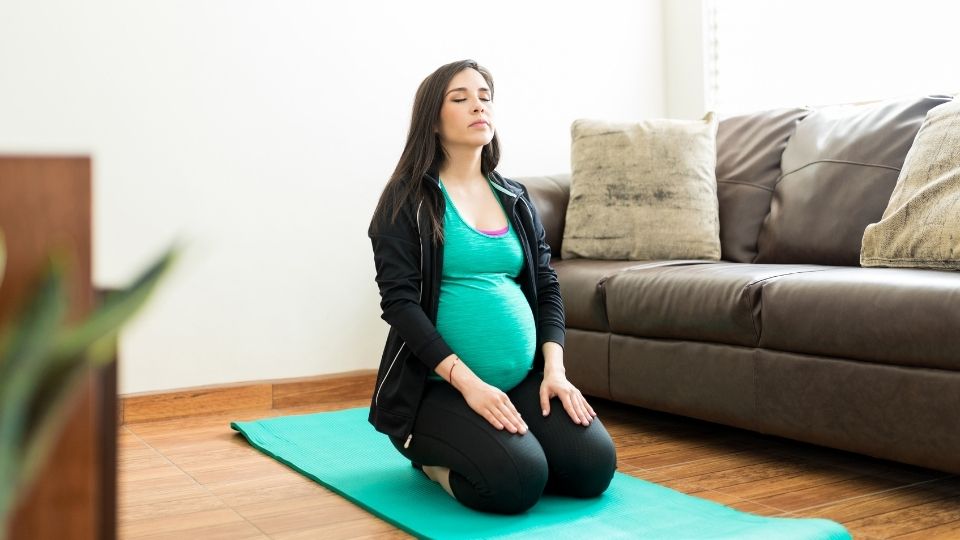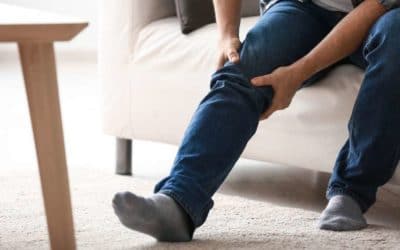Is Heel Sitting Good for You?
Sitting on your knees is a common sitting position where the soles of your feet are placed upward, with your buttocks resting atop. This style can be used by people in yoga or pilates and many other cultures choose to use this position when eating as well. Young children also tend to sit like this instinctively due to its comfortability!
As a general rule, heel sitting for short periods can be beneficial for stretching your quadriceps, hip flexors, and anterior tibialis muscles. Those with knee, ankle or vascular problems should not sit on their heels due to the risk of exacerbation.
I spent thirty years treating knee problems as a chiropractor, so I can share with you the reasons why you might find this article helpful. Using my hands-on experience, I’ll provide you with simple advice on ways to prevent discomfort when heel sitting based on my own personal experience.
Sitting on your heels can be an uncomfortable and painful position for many people. It may put pressure in the wrong places, which could lead to exacerbating things like old knee injuries or more serious health problems like vascular issues. For some people, it doesn’t really matter as long as they don’t do it too often, but for others, it could be extremely risky because of their existing conditions and how much discomfort they experience when sitting for too long!
All Day Comfort & Support
The Disadvantages of Heel Sitting
When you sit with your feet under your hips, you may experience the following side effects:
Knees Strained Excessively
A knee cap cartilage inflammation can occur in an extreme case if the knees are bent excessively. Typically, this will happen if you are seated on a hard surface.
Muscles Become Tight
Over time, your muscles can become too tight, causing your leg to overextend when heel sitting for prolonged periods. When you sit on your legs, you will feel pressure in your knees as your knees will no longer be able to bend. Therefore, your knees will feel uncomfortable.
Black Friday: 35% Off Today
Typical Delivery 1-3 Days
Your Ankles May Be Stressed
You also place pressure on your ankle joints when you lift your upper body.
Knee inflammation May Result
Fluid-filled sacs called bursae to insulate the tissues. In many cases, knee bursitis results from repetitive kneeling on hard surfaces. The irritation adds swelling and pain to the bursa.
Circulation Is Reduced
When you lift your upper body, it presses on your lower legs, causing blood circulation to be blocked. You won’t be able to oxygenate your lower legs.
Possible Kneecap Pain
An inflammation of the tendon attaching to your kneecap to your shinbone is called patellar tendonitis. It is most commonly caused by overuse. It can also increase your risk if your hamstrings and quadriceps are tight.
Exacerbating Joint Pain
Knee or ankle problems (i.e. arthritis) can only get worse when you sit on your knees.
The Benefits of Heel Sitting
Frequently, I recommend heel sitting exercises to my patients. I recommend this sitting exercise as a counterbalance to the effects of sitting all day long. As long as you keep your spine in a neutral position and switch positions frequently, this practice could be beneficial if you are not at risk of hurting your knees and ankles or inhibiting blood flow to your lower extremities.
Let me explain why I recommend this type of sitting and how to mitigate any potential side effects of heel sitting. A healthy spine requires the strength of all the muscles involved, including the anterior chain (front) and posterior chain (back). We often develop negative consequences from our bodies adapting to a complacent posture pattern when we sit for 13 hours a day. This causes our bodies to form less stable patterns.
A prolonged period of sitting tends to throw our muscles out of balance. Our front muscles (anterior chain) become shorter and weaker, and our back muscles (posterior chain) become elongated and overused. While we are in motion (i.e. walking), we carry this dysfunctional posture pattern with us. In turn, your front leg muscles (anterior tibialis) are placed under extreme pressure.
All Day Comfort & Support
You can counterbalance this posture by sitting on your heels. The YouTube video I made on how to perform this exercise is here. For people with knee, ankle, or vascular problems, use a pillow under your ankles as well as a pillow between your buttocks and ankles. Before performing any exercise such as this one, you should speak to a medical professional because every situation differs.
When sitting for extended periods, it is important to maintain good posture to avoid any postural issues. An ergonomic seat wedge can help with this by tilting the pelvis forward and encouraging a straighter posture. Additionally, proper positioning of the knees over the ankles can also assist in maintaining proper alignment and reducing discomfort.
When sitting for prolonged periods, it is important to consider ways to minimize postural issues that may arise. One option to consider is using a wedge cushion, which can help promote proper alignment and posture while sitting. The cushion tilts the pelvis forward, which can improve posture and reduce the need to fidget. It is important to note that proper positioning is important, such as keeping the upper part of the hips higher than the lower part of the knees and keeping the knees directly over the ankles.
Black Friday: 35% Off Today
Typical Delivery 1-3 Days
Takeaway
Is heel sitting good for you? Well, it depends. It doesn’t seem like there has been any research done on the subject of heel sitting, but we can say that if this is a position you feel comfortable in and enjoy then by all means continue to use it!
There are many other benefits to kneeling positions as well such as reducing stress and improving digestion so don’t be afraid to try out different postures while seated!
References:
Stecco, A., Macchi, V., Stecco, C., Porzionato, A., Day, J.A., Delmas, V. and De Caro, R., 2009. Anatomical study of myofascial continuity in the anterior region of the upper limb. Journal of bodywork and movement therapies, 13(1), pp.53-62.
Totosy de Zepetnek, J.E., Zung, H.V., Erdebil, S.E.R.A.P. and Gordon, T.E.S.S.A., 1992. Innervation ratio is an important determinant of force in normal and reinnervated rat tibialis anterior muscles. Journal of neurophysiology, 67(5), pp.1385-1403.
De Ridder, E.M., Van Oosterwijck, J.O., Vleeming, A., Vanderstraeten, G.G. and Danneels, L.A., 2013. Posterior muscle chain activity during various extension exercises: an observational study. BMC musculoskeletal disorders, 14(1), pp.1-11.









